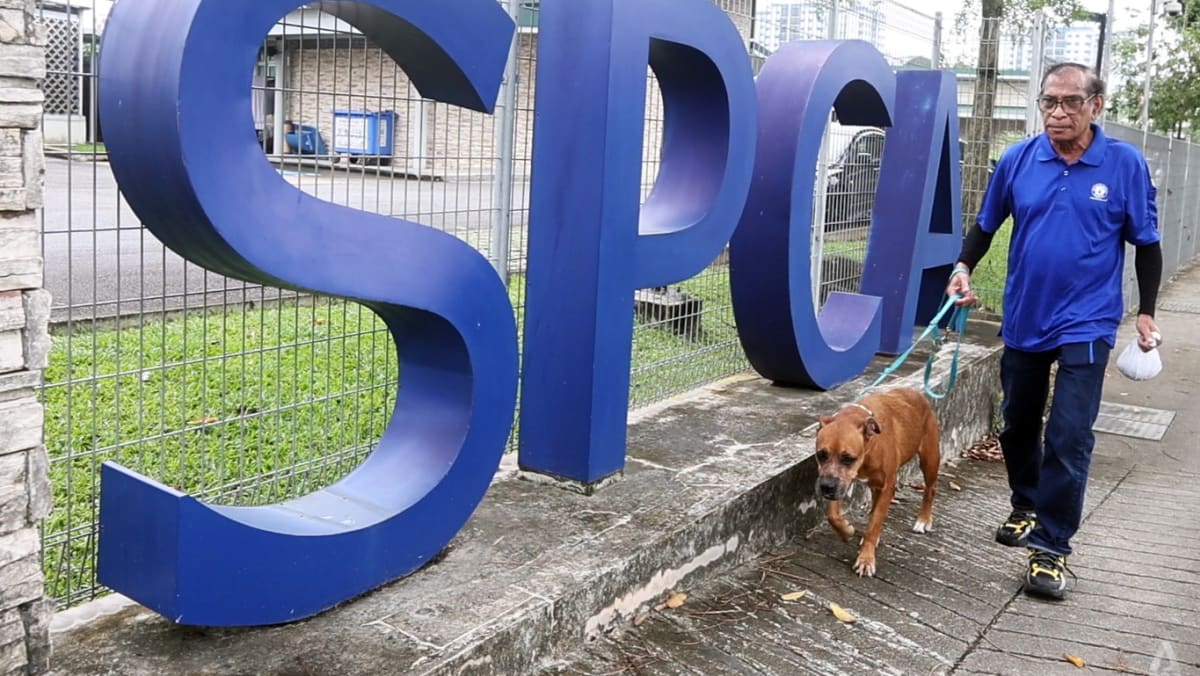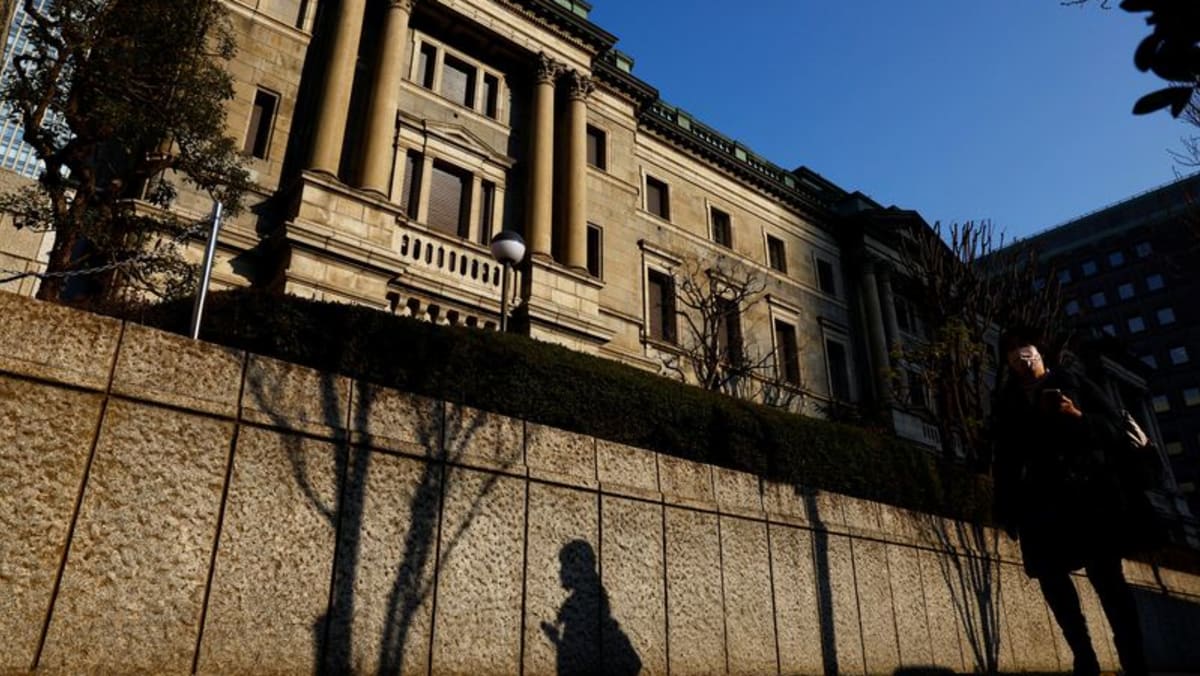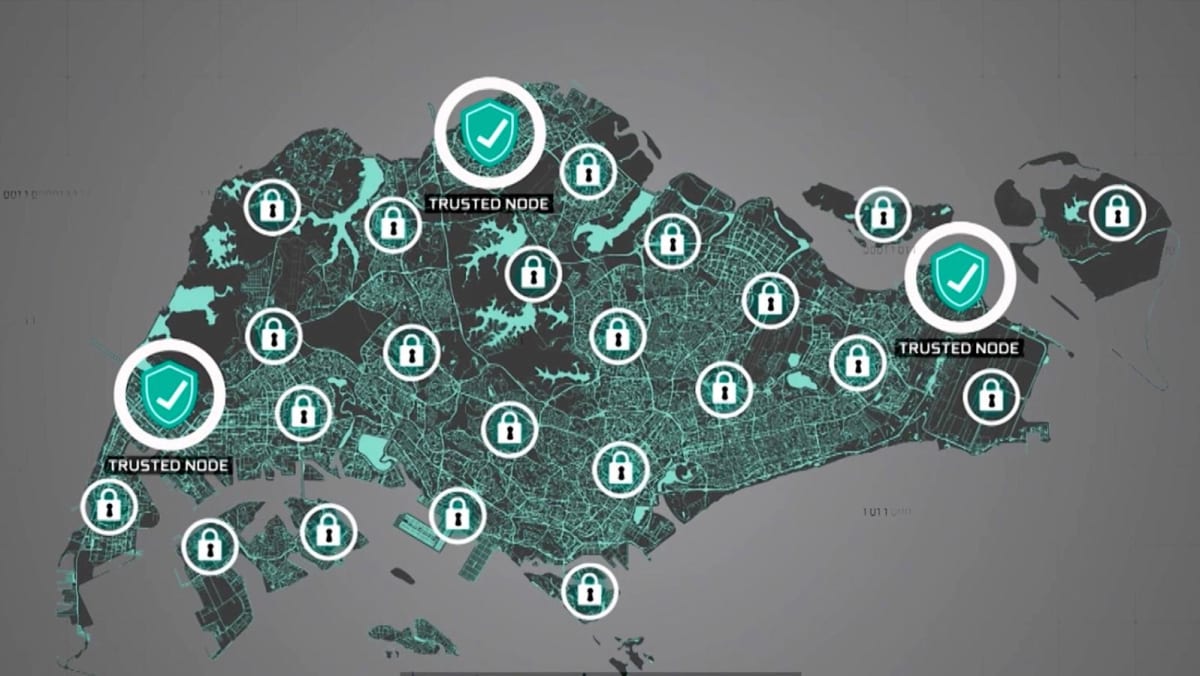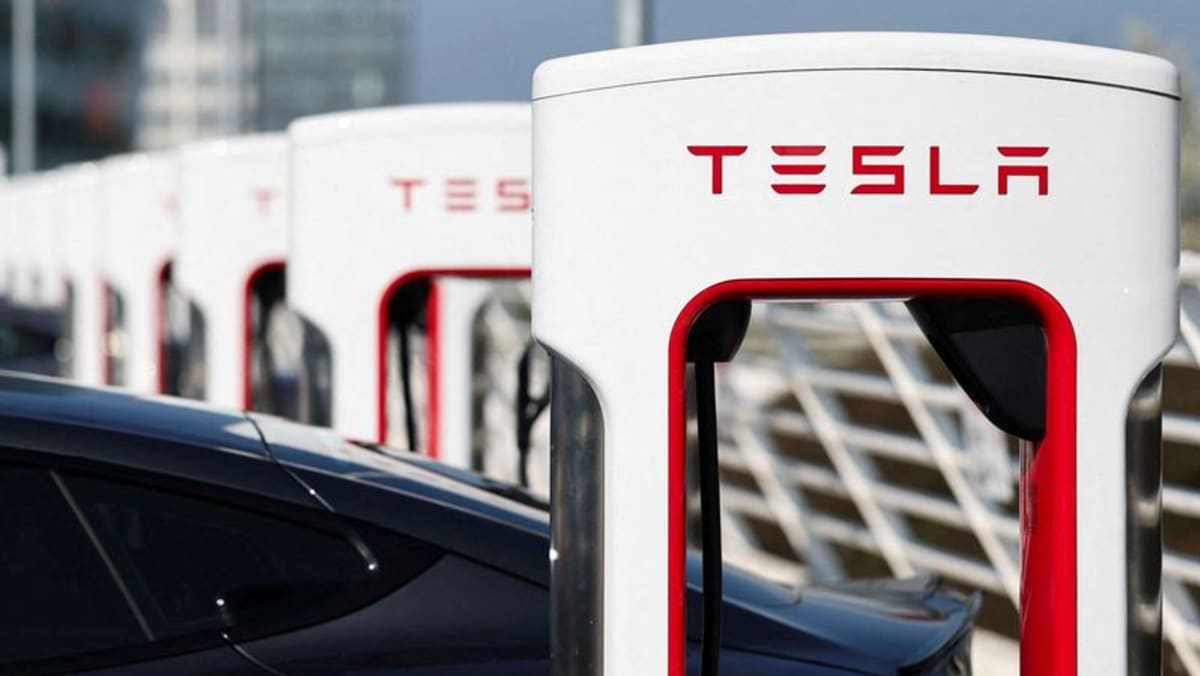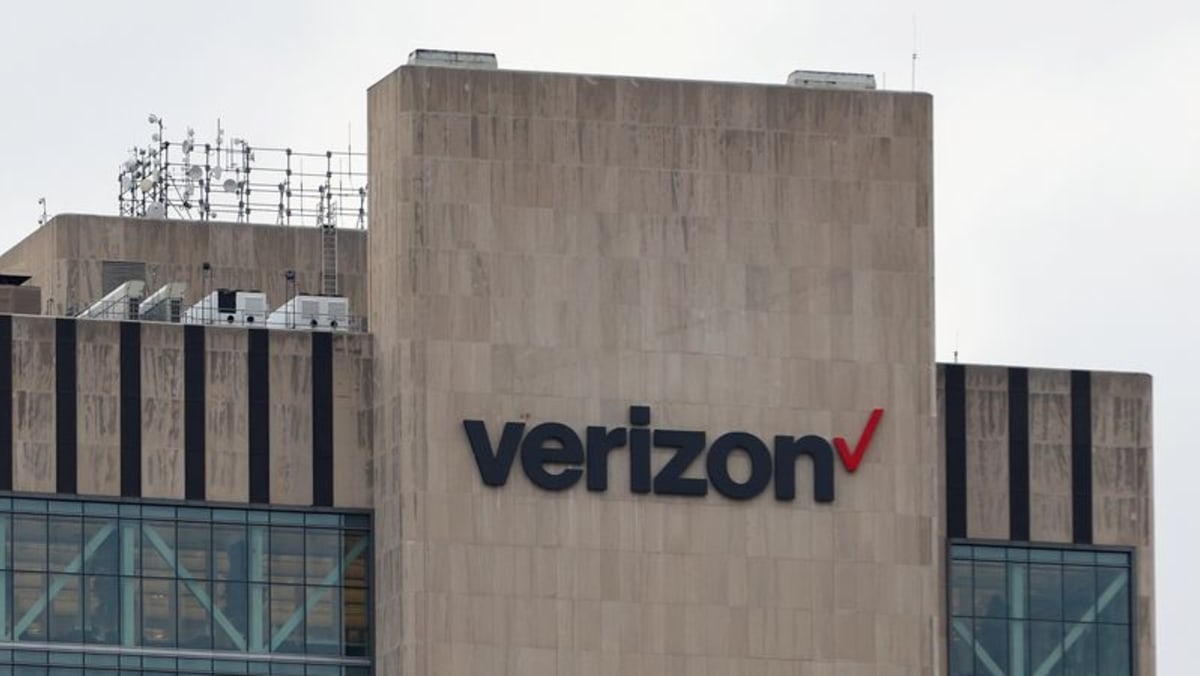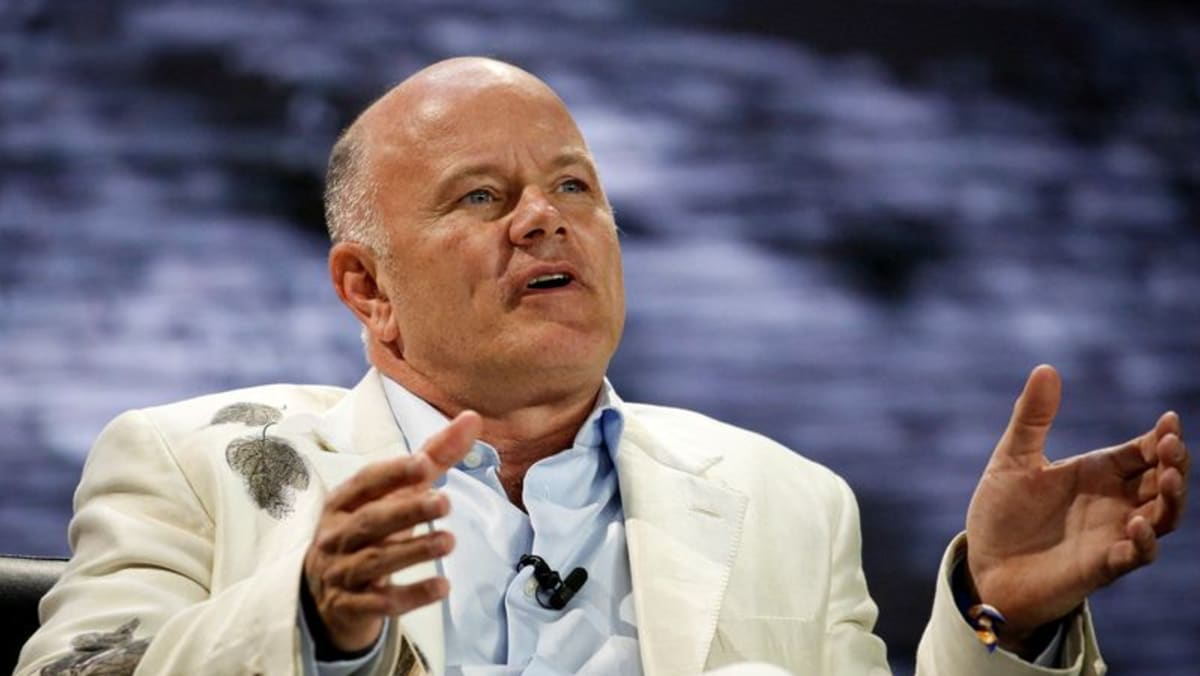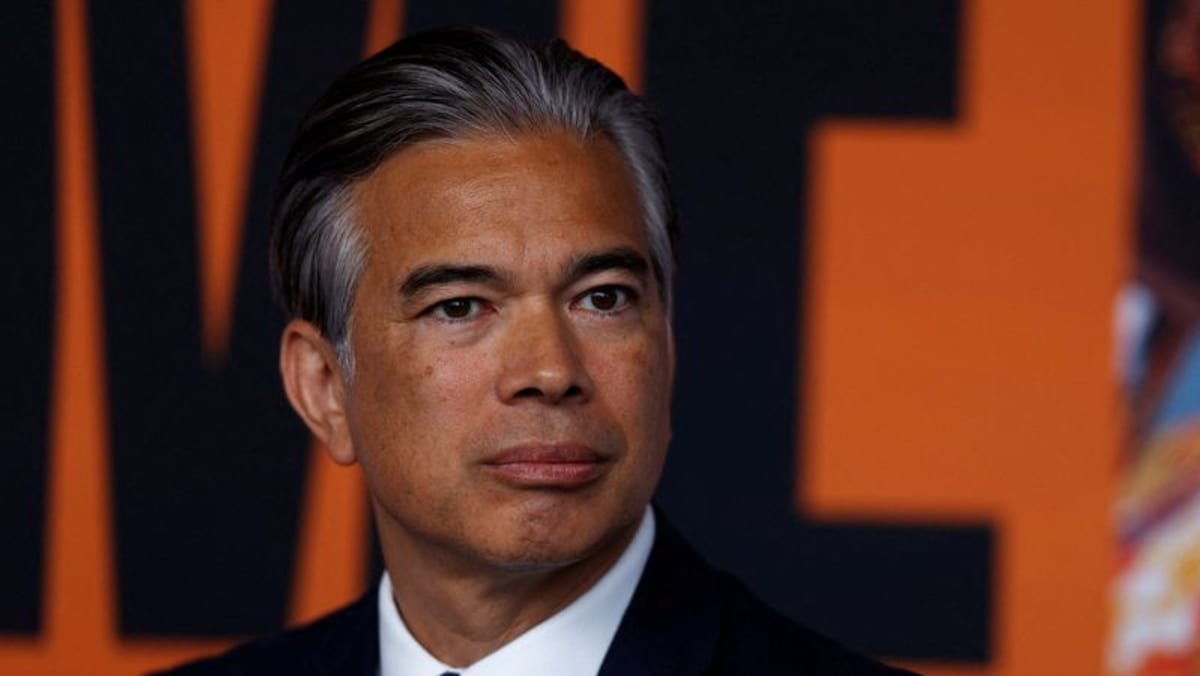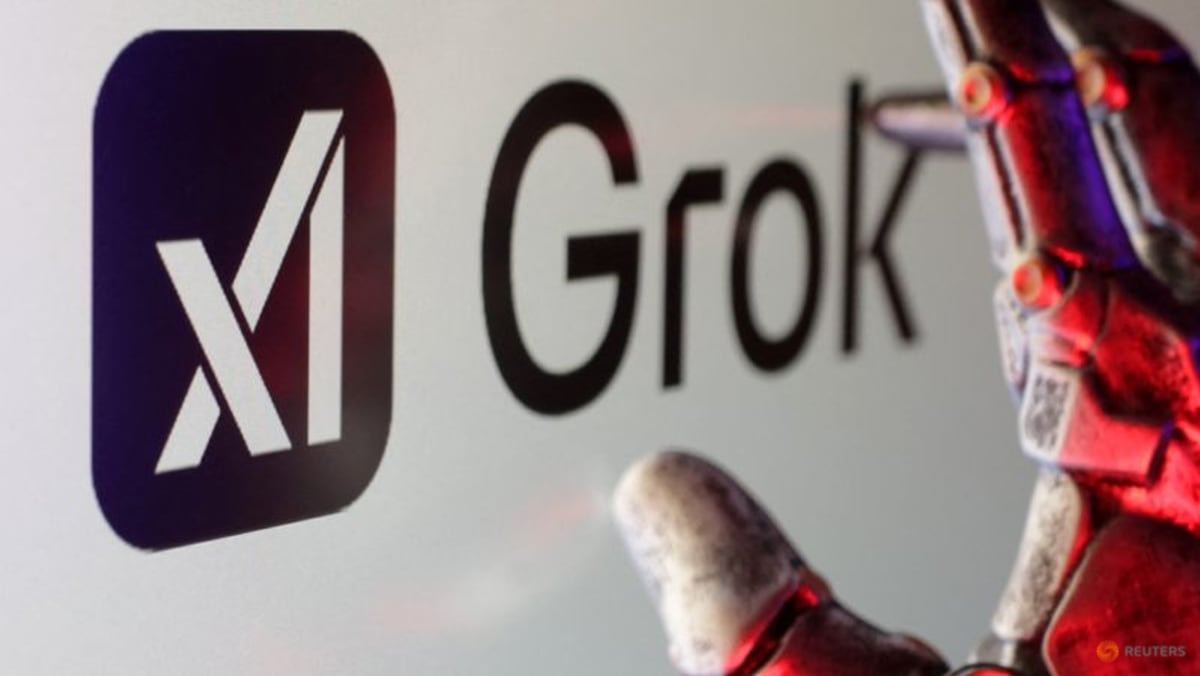TOKYO : The Bank of Japan could raise interest rates twice more this year if inflation stays around current levels, which would help prevent the yen from testing fresh lows, Japan’s former top currency diplomat Hiroshi Watanabe said on Tuesday.
Any attempt to prop up the yen through currency intervention is unlikely to succeed, as such operations are only effective in taming excessive market volatility, he said.
“It’s impossible to guide the yen to a certain level through currency intervention,” Watanabe told Reuters in an interview.
“Only when there’s huge volatility would intervention prove useful,” said Watanabe, who retains close contact with incumbent policymakers.
While a weak yen gives exports a boost, it has become a headache for Japanese policymakers because it pushes up fuel and food import costs, dampening consumption.
If the weak yen is pushing up inflation, that would justify raising the BOJ’s policy rate from the current level of 0.5 per cent, Watanabe said.
Further BOJ rate hikes will somewhat narrow the interest rate divergence between Japan and the United States, and keep the yen in a range of around 140-150 to the dollar, he said.
“If inflation stays at current levels around 3 per cent, there would be questions as to whether keeping the BOJ’s policy rate at 0.5 per cent would be desirable,” Watanabe said.
“There’s a chance the BOJ could raise rates twice more this year, up to 1 per cent,” he added.
Watanabe also said the dollar, which has been hovering at 150-160 yen, “will probably move in a range of 140-150 yen,” with risks to the yen’s outlook tilted to the upside.
The dollar stood at 151.850 yen on Tuesday.
Last year, the BOJ exited a massive, decade-long stimulus programme in March and hiked short-term rates to 0.25 per cent in July. It raised rates again to 0.5 per cent in January this year.
With inflation exceeding its target for nearly three years, the BOJ has signaled its readiness to push up rates further if the economy continues a moderate recovery.
A private survey showed most economists expect the BOJ to hike rates again to 0.75 per cent in the latter half of this year, with some predicting two hikes to 1 per cent by the end of this year.
After cutting its policy rate by 100 basis points since September, the U.S. Federal Reserve kept it steady in January at 4.25 per cent-4.50 per cent. With inflation running hot, traders bet the Fed will wait until September before cutting rates further.
Watanabe said it made little sense for central banks to guide policy with a set terminal interest rate in mind, as economic conditions and the desirable level of rates always fluctuate.
Japan’s government and the central bank have faced political pressure to counter the weak yen, and a subsequent rise in the cost of living, through a mix of yen-buying intervention and interest rate hikes.
Tokyo spent 5.53 trillion yen ($36 billion) intervening in the foreign exchange market in July to pull the yen off 38-year lows near 162 to the dollar. That month, the BOJ hiked rates to 0.5 per cent.
Watanabe, who served as vice finance minister for international affairs between 2004 and 2007, is currently president of think tank Institute for International Monetary Affairs.
($1 = 152.0500 yen)

